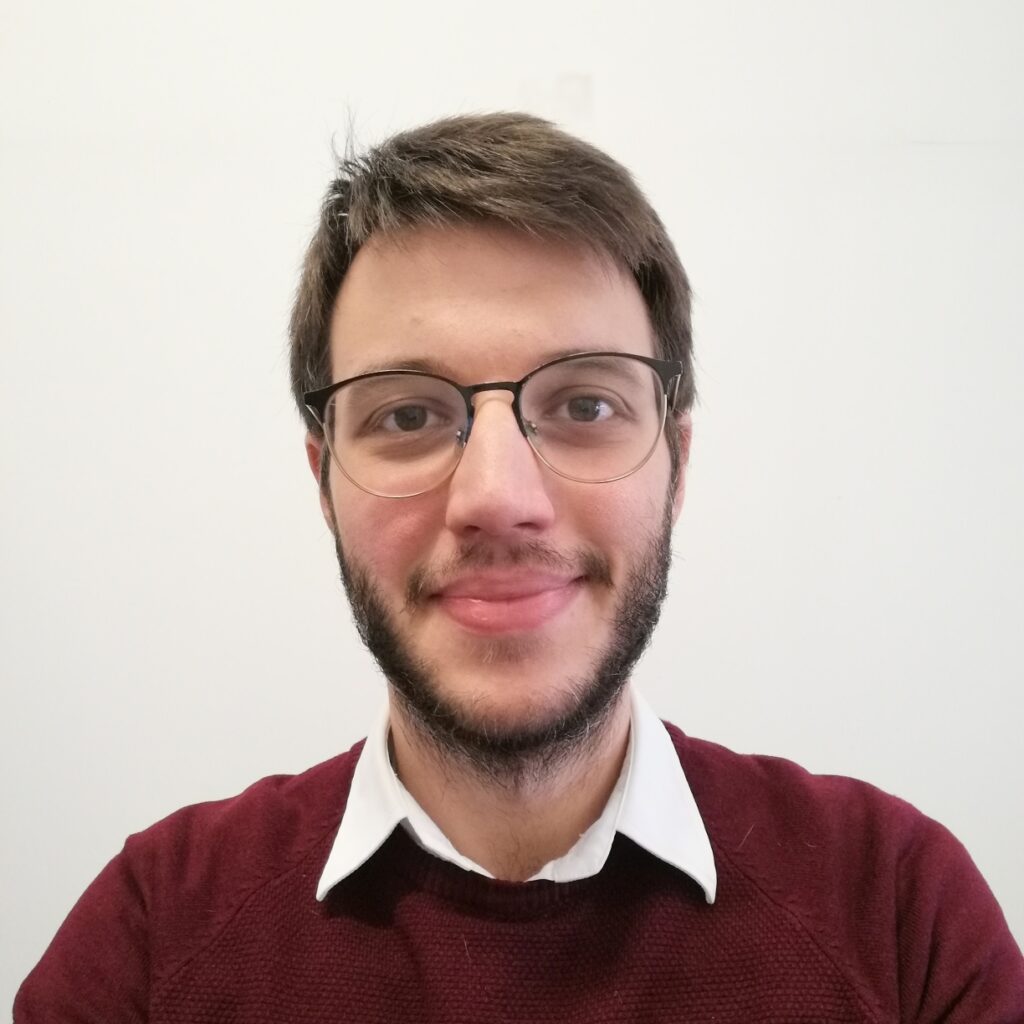
Saverio Bartalini
Advances in cutting-edge spectroscopic techniques, like Saturated-absorption Cavity Ring-down (SCAR) spectroscopy, can enable amazing applications such as precise and reliable detection of radiocarbon dioxide at part-per-quadrillion sensitivity levels and with compact and easily accessible equipment, thus opening up new possibilities for quantitative monitoring of the carbon balance in the fight against climate change. Saverio Bartalini is working at the European Laboratory for Non-Linear Spectroscopy in Sesto Fiorentino (Firenze) in Italy.

Simone Restelli
Simone Restelli is a Research Associate at the Laboratory for Ultrafast X-ray and Electron Microscopy (LUXEM), Department of Physics, University of Pavia (IT). His research focuses on combining ultrafast optical and X-Ray spectroscopy methods to unravel complex dynamics in Transition Metal Oxides.

Aleksandra Foltynowicz
Aleksandra Foltynowicz is professor of physics at Umeå University, Sweden, where she leads the Optical Frequency Comb Spectroscopy Group. She received her MSc degree from Adam Mickiewicz University in Poznań, Poland in 2005, and her PhD degree from Umeå University in 2009. In 2010-12 she was postdoctoral research associate at JILA, University of Colorado. Her research focuses on development and applications of optical frequency comb spectroscopy for broadband precision measurements of molecular spectra in the near- and mid-infrared wavelength range.

Juli Gibbs
I am originally from northern Arizona and studied at Arizona State for my undergraduate degree. I then did a PhD at Northwestern University and continued there as a Dreyfus Postdoctoral Fellow in Environmental Chemistry with Franz Geiger. Currently I am located at the University of Alberta in Edmonton, Canada. My group is interested in the interplay of ions, pH, and organic molecules on the interfacial water structure at buried interfaces of environmental and technological importance. Our long-term goal is to use our understanding of the molecular structure to inform and improve models of interfacial processes like desalination, catalysis, and pollutant transport.

Sapun Parekh
Sapun Parekh is an Assistant Professor of Biomedical Engineering at UT Austin. At UT, his group focuses on molecular microscopy, specifically nonlinear Raman and fluorescence. His research interests include applications and development of nonlinear microscopy, chemical imaging of neurodegeneration and cancer, and molecular biophysics.
 ECONOS 2024
ECONOS 2024